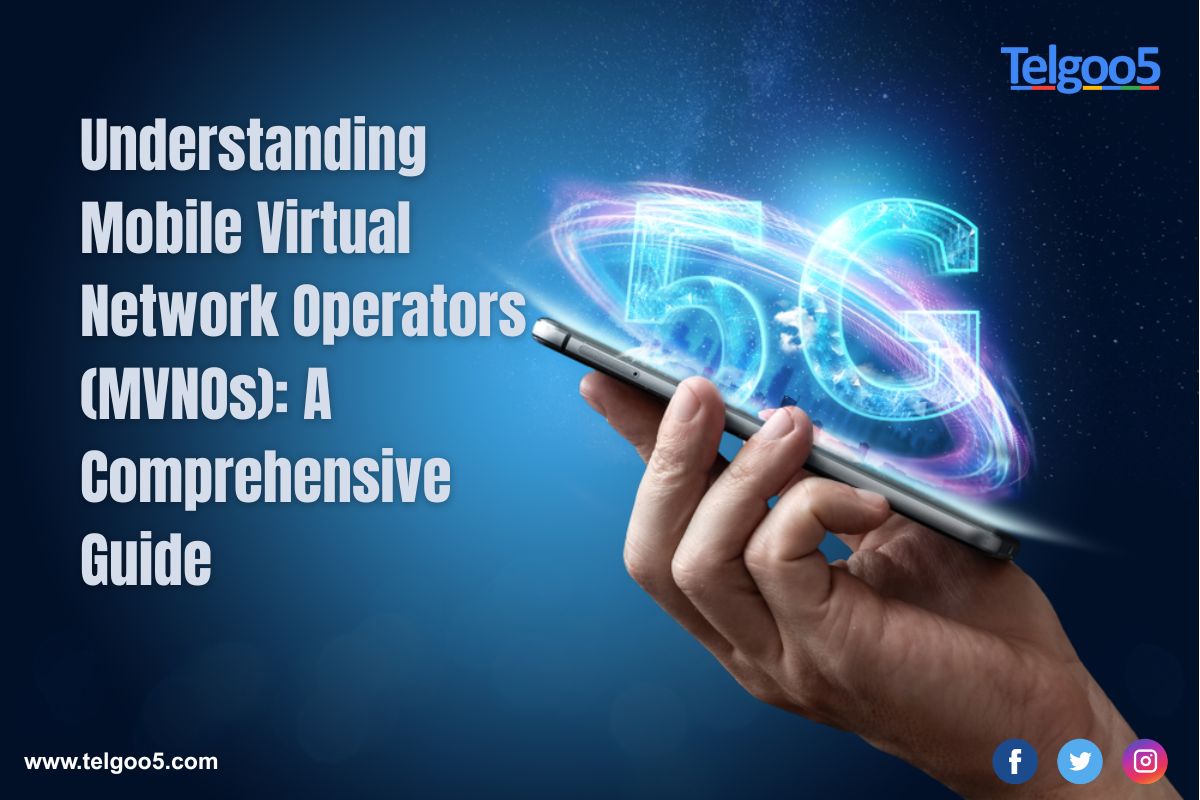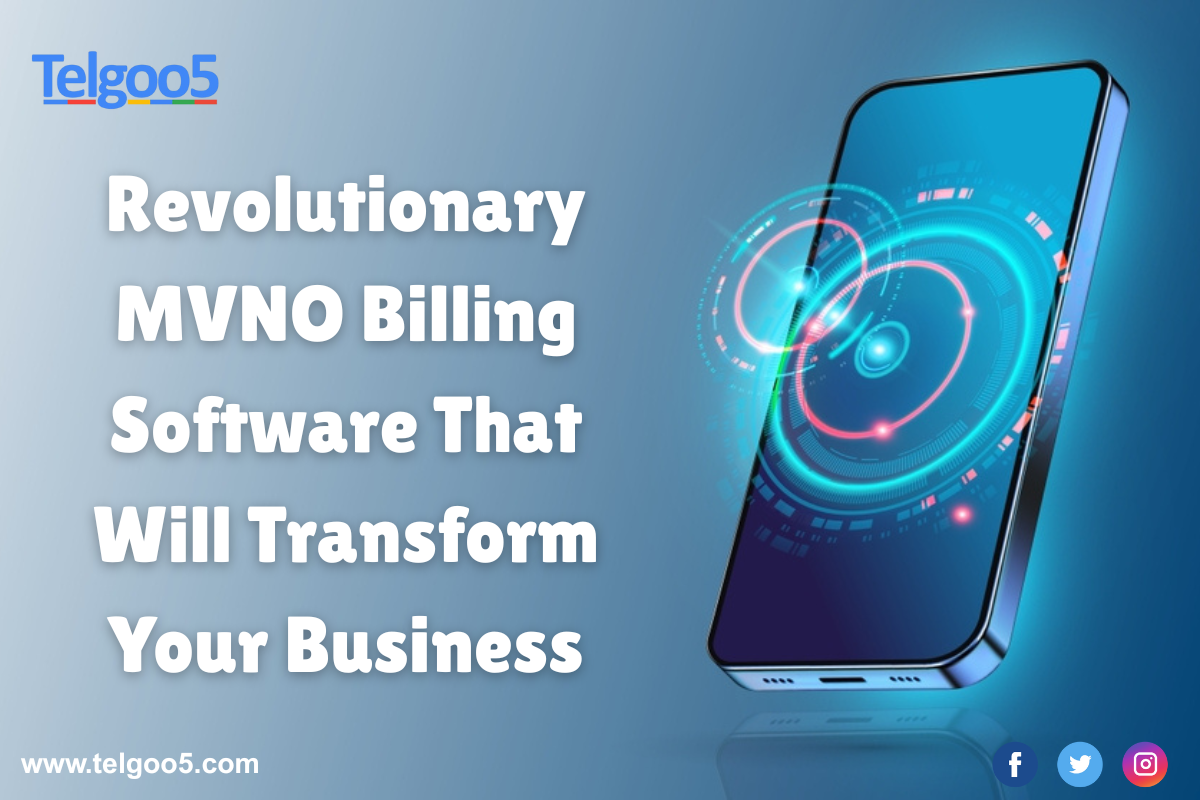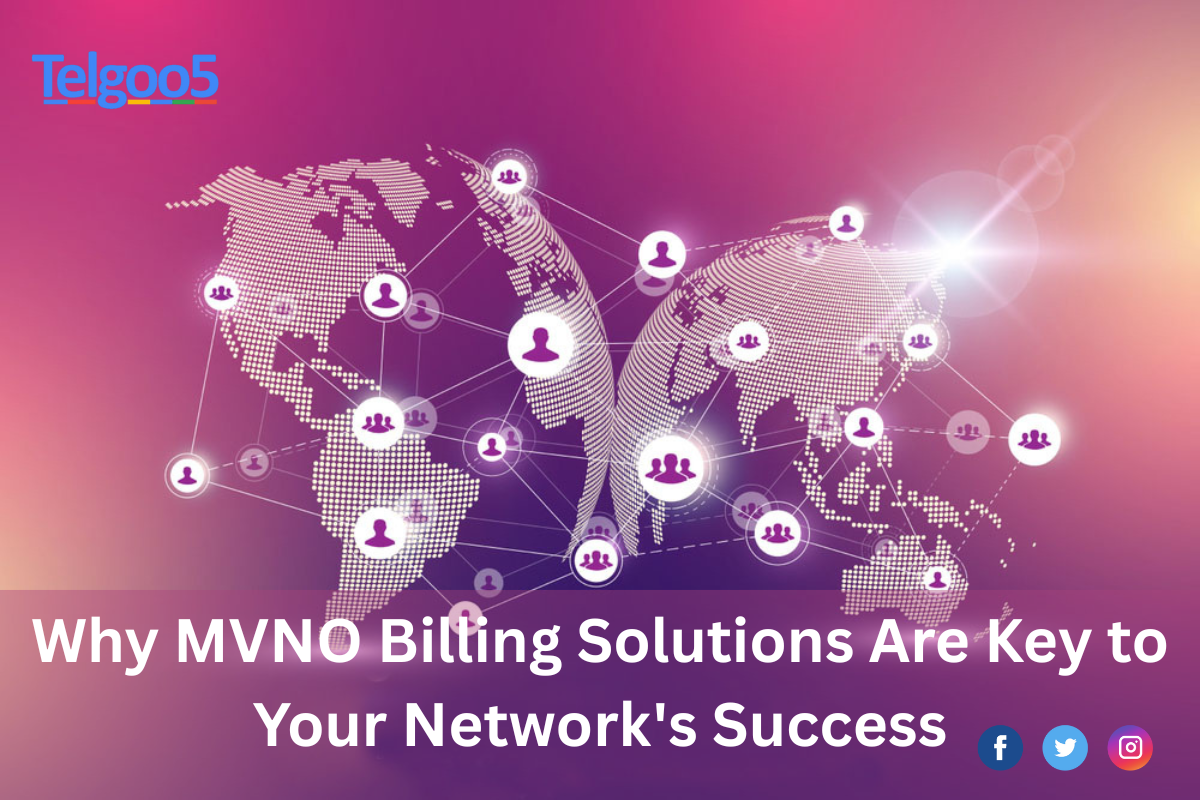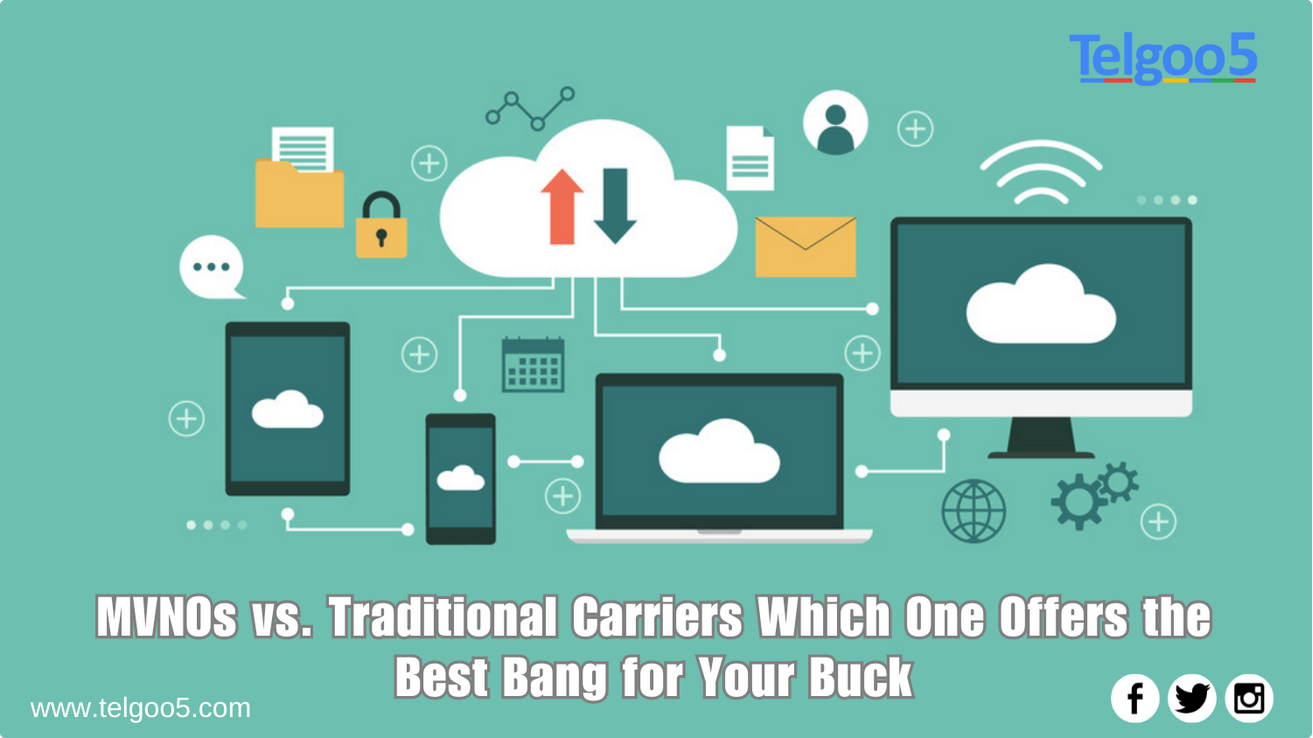BEST MVNOS
Discover the best MVNOs with Telgoo5, providing superior technology, seamless integration, and strategic support for optimal performance.
Contact us today to get a consultation!
Send us a message to get answers to any of your questions & we'll get back to you within 24-48 hours or as soon as possible.










